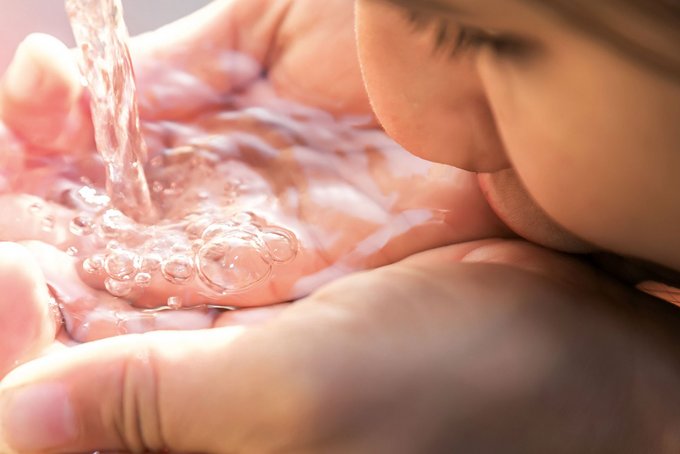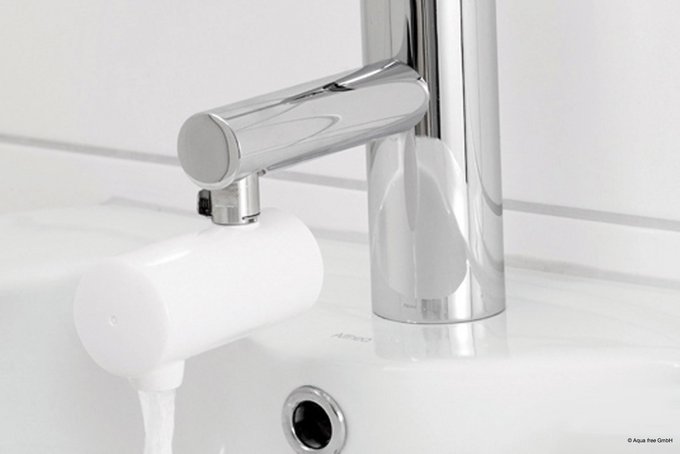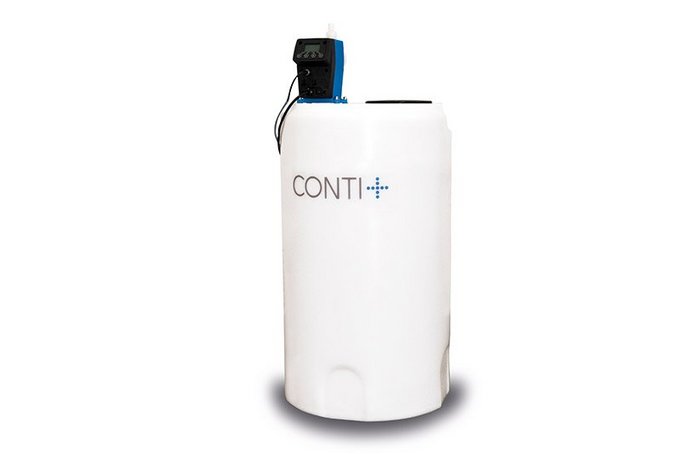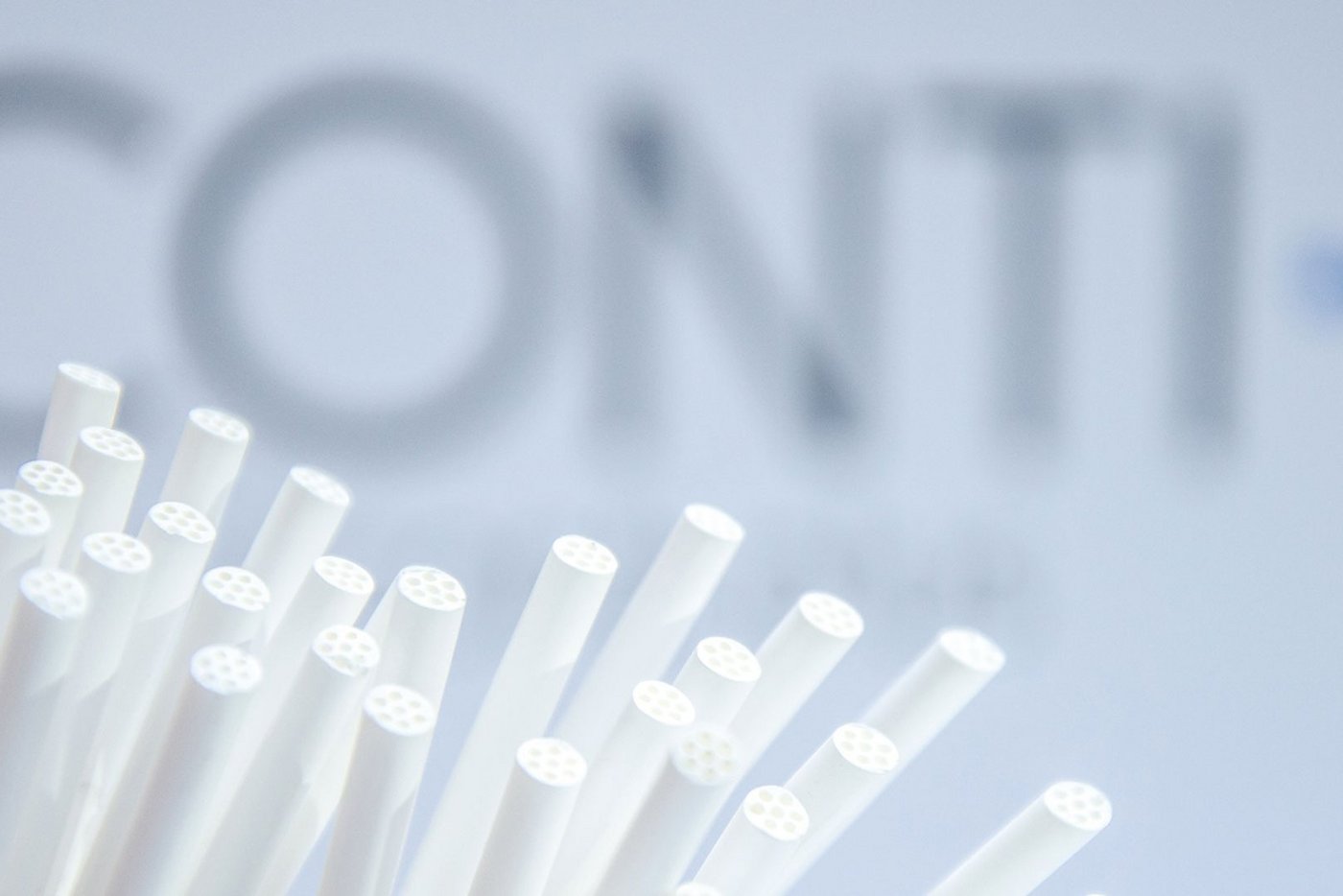When schools, swimming pools, hotels and restaurants reopen after several weeks of closure, particular care must be taken during the recommissioning of drinking water installations to ensure compliance with generally accepted engineering standards (EN 806, DIN 1988 and DVGW W557, W556 and W551). Among other things, these standards state that drinking water hygiene must be ensured in drinking water installations at all times through correct operation (i.e. normal use). In situations in which normal use cannot be ensured, such as temporary closures, drinking water installations must be operated using an interim rinsing schedule. For this, a complete water exchange has to be ensured at all points of use at least every 72 hours – ideally through an automated process involving the use of electronic faucets and connection to a water management system. If the operator of a drinking water installation is not in a position to implement such a rinsing schedule, the system should be shut off at the main isolating valve and temporarily taken out of use along with all components. Appropriate rinsing and system disinfection measures must be taken during recommissioning in accordance with VDI 6023 given the length of time the installation would have been out of use and the expected potential contamination. Quantitative rapid tests for analysing the drinking water can help to indicate what is needed and assess the possible contamination.

Quick and straightforward drinking water analysis – with no obligation to notify health authorities
A drinking water hygiene test is used to quantitatively determine microbiological contamination of drinking water. This is not an accredited test – therefore, there is no obligation to notify the relevant health authorities. The operator of the drinking water system can then take appropriate steps to ensure drinking water quality.

What should be done if the drinking water is contaminated?
Once drinking water installations become microbiologically contaminated with legionella bacteria, for example, there is no time to lose. Legionella can be inhaled in steam (aerosols) during a shower and then enter the lungs. It is worth installing terminal filters in order to avoid a possible prohibition on use and ensure safe, clean drinking water in next to no time. This is an immediate, temporary measure that can help to provisionally ensure the use of the drinking water, while preparations are made for microbiological decontamination of the entire drinking water system. If microbiological contamination is present, all points of use have to be equipped with terminal filters. The terminal filters are mounted directly to the respective points of use, such as shower heads and faucets for bathtubs, washbasins and kitchen sinks. “Terminal” means that there are no other technical components between the filter and the point of use. This acute measure allows for worry-free and unrestricted use of the drinking water immediately following installation of the terminal filters – even in medical areas and other locations where there may be immunocompromised people.
CONTI+ terminal filters stand out on account of their quick and easy installation as well as their robustness and functional reliability. Thanks to their retention capacity of 99.99999 percent, the filters remove pseudomonas, legionella and other bacteria from water with extreme reliability.

Microbiological decontamination of drinking water installations
Regardless of the use of terminal filters, the entire drinking water installation still has to be microbiologically decontaminated in the event of contamination. The environmentally friendly and non-toxic CONTI+ oXan™ zero disinfection solution, for example, is suitable for this task. It can be used whilst the installation is still up and running, and does not restrict usage. Before use, DPD and redox value measurements of the untreated drinking water are required. The disinfection solution can then be dosed and used appropriately. When carrying out a repeat DPD measurement at the next draw-off point, the free active chlorine (FAC) content must not exceed a DPD value of 0.6 mg/l during dosing. DPD measurements should be carried out several times a week. If there are dead zones or areas with germination sources in the drinking water installation that cannot be flushed, these can be localised via the given differential values of the redox potential at the draw-off points upstream and downstream of the germination source. The microbiological decontamination process can only be considered successfully completed once the same redox values are found at the first and last draw-off points. On completion of the microbiological decontamination, the measurements should be checked and approved by an accredited laboratory.
CONTI+ offers various support services for recommissioning buildings and drinking water installations and securing them in the long term. These range from the commissioning and maintenance of dosing systems, instruction in microbiological decontamination and the performance of related tests for compliance with the limit values set out in the German Drinking Water Ordinance (TrinkwV 2018), through to the preparation of recommendations for action and support in the development of a treatment plan. The drinking water experts at CONTI+ are reliable partners who are ready with advice and support for qualified installers.
Download the CONTI+ hygiene range
Product overview
Drinking water hygiene test
Terminal filters
CONTI+ oXan™ zero
